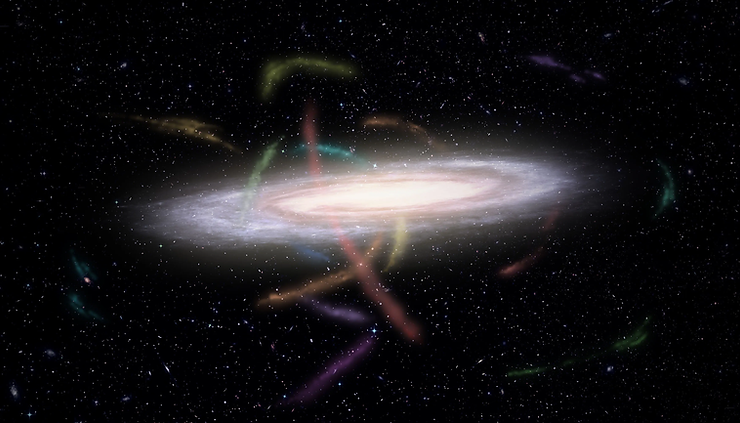By: Emily Wang
A particle is the most basic form of energy, and matter is anything that takes up space and has mass. Dark matter, which was discovered in 2012, has been known as the creator of the universe. Hence, it is called the “God’s particle.”
When the universe had just been created, particles did not have mass, so scientists wondered how stars and planets were created, as well as life forms. In 1964, Francois Englert and Peter Higgs and some others thought that a sort of field gave particles mass when they were connected, but they could not prove the existence of it.
While scientists genuinely believe that dark matter is a real thing, no one has actual seen or created it. However, a machine run by the European Organization for Nuclear Research, known as CERN, has the potential to collect more data about dark matter.
Researchers hope that the Large Hadron Collider could help answer some of their questions. The collider, which was under construction for around a decade, is finally ready to be put into action.
The collider works by using superconducting magnets that are around minus 456 degrees Fahrenheit. And at the same time, two particle beams that travel almost as fast as the speed of light constantly collide with each other. Using monitors and other advanced sensors, scientists can study the substances that are created from the collisions, which are supposed to act like the Big Bang. This process allows them to know more about the creation of the universe.
Researchers hope that the Large Hadron Collider’s four-year experiment will manage to find evidence showing that dark matter truly exists. They hope that when the two beams collide, they will create new particles similar to dark matter. In addition, they also hope to find out more about the Higgs boson particle, which may be a part of a certain “force field.” On Tuesday, CERN announced that they had found three “new “exotic” particles that could provide information on how subatomic particles are attached.
The Large Hadron Collider, which upgraded the particle smasher, could give researchers a visual description of Dark matters shape and a deeper understanding of the substance.
“If we can figure out the properties of dark matter, we learn what our galaxy is made of,” said Joshua Ruderman, an associate professor of physics at New York University. “It would be transformative.”
Dark matter has been a fascinating topic for physicists for decades. Many believe that dark matter makes up a majority of the universe and knowing more about dark matter could give us clues on how the universe was created.
However, dark matter can be very hard to detect. It does not absorb, reflect, or emit light. Researchers say that dark matter is real because they have seen it’s gravitational pull and how it bends light.
“High-energy colliders remain the most powerful microscope at our disposal to explore nature at the smallest scales and to discover the fundamental laws that govern the universe,” said Gian Giudice, head of CERN’s theory department.
Ruderman believes that it will take approximately four years to discover if the particle acts similarly to current theories on dark matter. If CERN does not find dark matter by 2026, then they clearly have more developing to do.
“This is hard,” Ruderman said, “and something that could take a whole lifetime of exploration.”
Sources:











